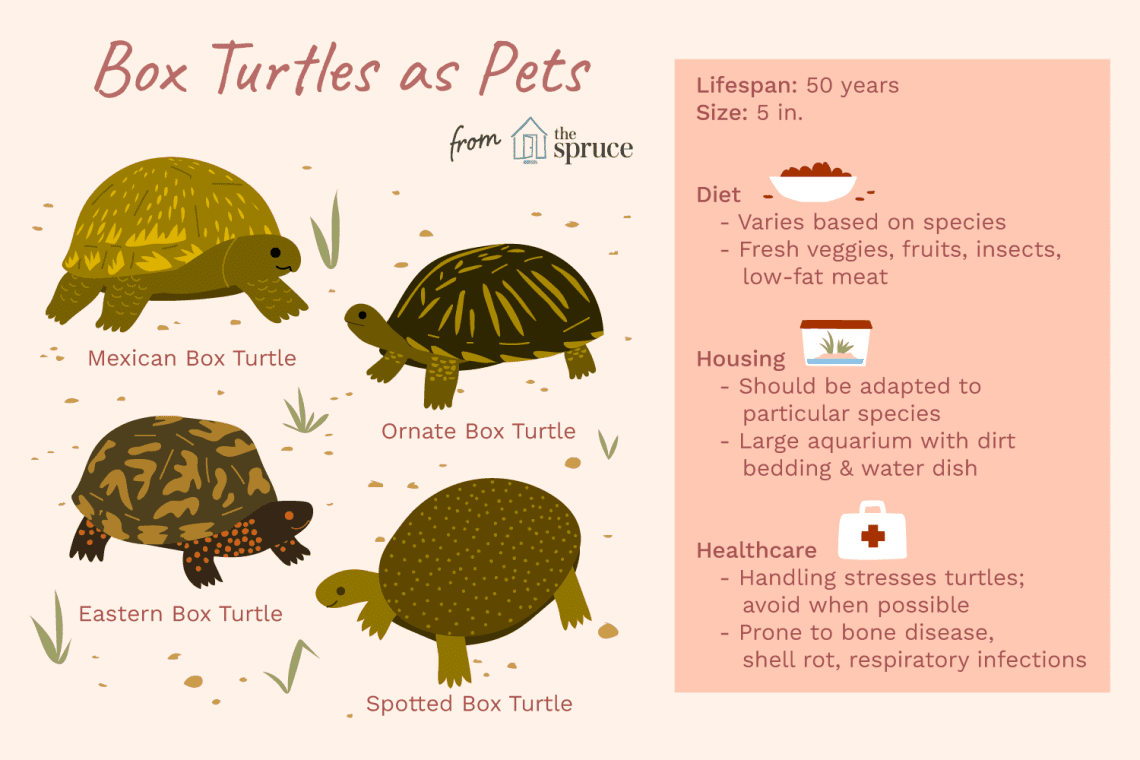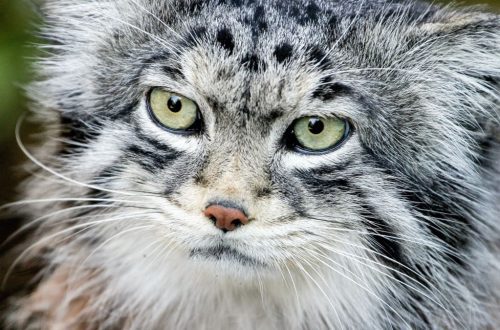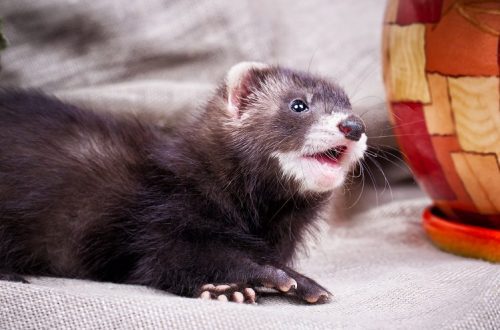
How to care for a land tortoise at home: feeding, hygiene and life expectancy
It has now become fashionable to have exotic animals at home, such as a turtle. These exotic representatives of the flora are aquatic and terrestrial. If you take care of them correctly, then keeping the turtle will not cause big problems.
Contents
Where can a land tortoise live at home?
Many mistakenly believe that a land tortoise can easily move around the apartment and does not need its own house. However, it is worth considering some points:
- do not think that a hard shell protects this reptile from a variety of external influences. It often suffers from coldstherefore it is necessary to protect the turtle even from weak drafts;
- this pet can get into a place from which it will not be able to get out. If the owner does not pay attention to this in time, the reptile may die of hunger;
- it can be accidentally stepped on and crushed.
Thus, a land tortoise at home should have its own place to live. The best home for her is a special terrarium. He is sure must be horizontal, about 60 cm long and 40 cm wide. This animal needs such large sizes of the terrarium for free movement and you should not cover it too much with branches and sticks.
The bottom of the terrarium is covered with a special coating, which is easy to care for. You can use a mixture of sand and clay, coarse gravel, hay or sawdust. Some people mix these types of fillers. The optimum layer thickness should be three centimeters.
Terrarium heating and lighting
Land tortoise care includes heating and lighting the terrarium. These animals in their natural habitat receive ultraviolet radiation in sufficient quantities. Lack of sunlight at home contributes to disease in these animals, therefore, two types of lamps are installed above the terrarium.
An incandescent lamp maintains the required temperature in the terrarium. Its power should be 60-100 W and it should be installed at a distance of 35 centimeters from the surface. As a result, half or 1/3 of the area of u35bu24bthe terrarium will be illuminated, and the temperature under the lamp should be about XNUMX degrees. The temperature in an unlit place is usually in the range of XNUMX degrees.
The ultraviolet lamp provides the turtle with vitamin D and promotes the absorption of calcium, which is so necessary for its growth. If it is not installed, the animal often develops rickets and other serious illnesses. The lamp is installed 40 cm directly above the turtle, because the glass makes it difficult for the healing rays to penetrate and the effectiveness of the lamp may not be as great.
In order to maintain the temperature in the terrarium all day long, a flat stone is placed under the lamp. It retains heat well from the switched on lamp and gives it away when it is turned off.
Feeding the tortoise
Proper care of this animal includes proper nutrition. His diet should consist of 90% plant food and 10% animal food. Raw meat, in which parasites can live, should not be given as feed. In addition, some products can be given every day, others – only a few times a month.
Thus, the diet of a land tortoise usually includes the following foods:
- field herbs and indoor plants: tradescantia, goutweed, aloe, stems and leaves of peas, clover, alfalfa, rhubarb, germinated oats, barley, thistle, plantain, sorrel, coltsfoot;
- vegetables: carrots, eggplant, pumpkin, zucchini, radishes, beets, peppers, beans, horseradish, beets, cucumbers;
- fruits: apples, plums, mangoes, apricots, peaches, bananas, oranges, tangerines;
- berries: raspberries, blueberries, strawberries, strawberries, blueberries, blackberries, watermelon;
- mushrooms: champignons, russula, boletus.
As additives, turtles are given special dry food, sunflower seeds, dry seaweed, bran and soybean meal.
By the way, the turtle can be given the following products only 1-2 times a month: dry seaweed, horseradish, dry yeast, onions, herbs, bran, garlic, rhubarb and asparagus. Once a week, it can be fed with minced meat or seafood.
It is strictly forbidden to feed this animal with potatoes, poisonous mushrooms, eggshells, grasshoppers, crickets, locusts. Also, do not give her bread, cereals, milk, citrus peels, berries and fruit seeds.
Turtles need to be given fresh drinking water at all times. Can buy a special drinker or install a heavy ceramic container in the terrarium. To keep the water constantly warm, the drinker should be placed under the lamp.
Hygiene of a land tortoise at home
Caring for turtles also means keeping them clean. They often get dirty by digging in the soil that fills the bottom of the terrarium, and the skin around the mouth is contaminated with food particles. That is why they should be constantly bathed. For this warm water is used, to which baking soda is added (1 teaspoon of soda is placed per 1 liter of water). Water is poured into a shallow bath and the turtle is immersed in it, leaving only the head on the surface.
At first the animal begins to worry, then calms down and freezes. After 20 minutes, it is removed and left to dry, after which the skin is smeared with a small amount of olive oil. The air temperature in the room where the turtle is bathed should be 23 degrees; at a lower temperature, it can catch a cold.
Caring for a land tortoise includes personal hygiene. Categorically it is forbidden to wash the feeder and drinker in the kitchen sink.
How long can tortoises live?
The life expectancy of turtles at home is somewhat different than that of those living in their natural habitat. Such a variety of domestic land tortoise, like the Central European one, can live up to 40 years, while it practically does not get sick. Other species reach 20 years of age, with terrestrial species living longer than waterfowl.
Thus, keeping and caring for a turtle at home is not so difficult. Therefore, you can safely buy it for your child.





